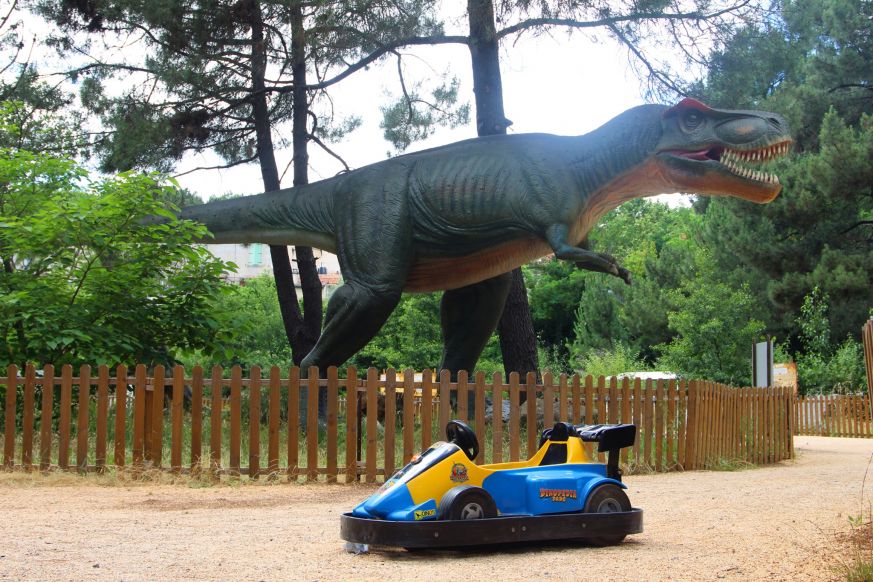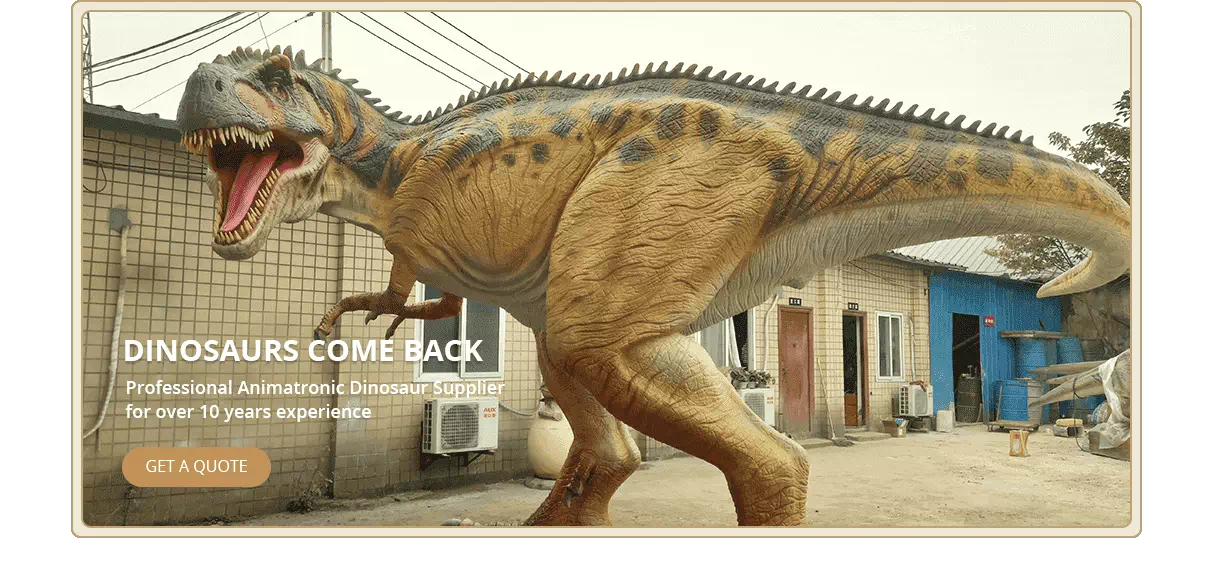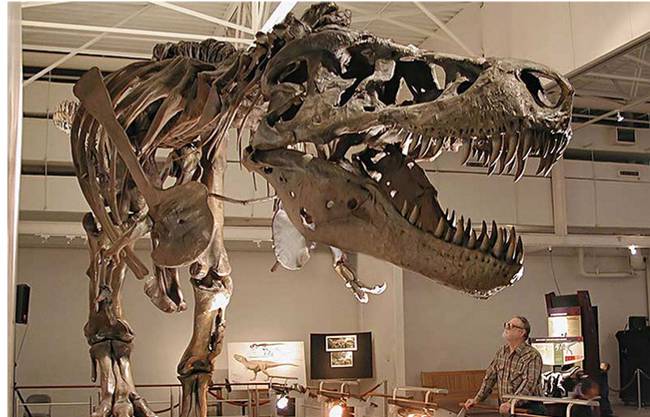When Did Dinosaurs Live?
An Overview
When did dinosaurs live? This question fascinates scientists and dinosaur enthusiasts alike. Dinosaurs roamed the Earth for millions of years, long before modern humans appeared. Non-bird dinosaurs lived between approximately 245 and 66 million years ago, during a period known as the Mesozoic Era. This era is divided into three major periods: the Triassic, Jurassic, and Cretaceous. Understanding when dinosaurs lived helps us uncover how they evolved and adapted over time.
The Mesozoic Era: The Age of Dinosaurs
Scientists divide the Mesozoic Era into three distinct periods: the Triassic, Jurassic, and Cretaceous. These periods saw significant changes in climate, geography, and vegetation, all of which influenced dinosaur evolution.
Triassic Period (252 to 201 Million Years Ago)
During the Triassic Period, all continents were part of a single landmass called Pangaea. The climate was hot and dry, with vast deserts covering much of the land. Unlike today, there were no polar ice caps.
It was in this harsh environment that the first dinosaurs evolved. Reptiles, including early dinosaurs, flourished due to their ability to retain water. Toward the end of the Triassic, a series of earthquakes and volcanic eruptions led to the gradual breakup of Pangaea, giving birth to the North Atlantic Ocean.
Dinosaur Fossils for Exhibition
Jurassic Period (201 to 145 Million Years Ago)
At the end of the Triassic Period, a mass extinction wiped out many large land animals, but the dinosaurs survived and thrived. This allowed them to evolve into various species and increase in numbers.
Pangaea split into two continents: Laurasia in the north and Gondwana in the south. Although initially connected, these continents drifted apart as the Jurassic progressed. The climate remained warm, and rainfall increased, leading to lush forests of ferns, horsetails, and coniferous trees.
With abundant vegetation, massive plant-eating dinosaurs, such as Apatosaurus, Diplodocus, and Brachiosaurus, emerged. These sauropods became some of the largest land animals in history and dominated the Jurassic landscape.
Cretaceous Period (145 to 66 Million Years Ago)
During the Cretaceous Period, the continents continued to drift apart, resembling their modern-day positions. This geographical separation led to increased dinosaur diversity as species evolved independently in different regions.
This period also saw the emergence of the first flowering plants and the evolution of new insect species, including bees, which helped spread plant life. Mammals also diversified, with some species becoming tree climbers, burrowers, or even predators of small dinosaurs.
How Long Ago Did Dinosaurs Live?
Many people wonder, "How long ago did dinosaurs live?" The answer depends on the specific period being studied. Dinosaurs first appeared around 245 million years ago in the Triassic and thrived until their mass extinction 66 million years ago at the end of the Cretaceous.
Did You Know? Fascinating Cretaceous Facts
Sea levels fluctuated significantly during the Cretaceous Period, creating shallow seas that separated parts of the continents.
Europe was once a collection of small islands rather than a single landmass.
Large amounts of single-celled algae died, forming sediment layers on the ocean floor, which eventually became the chalk we use today. The word "Cretaceous" actually comes from the Latin word "Creta," meaning chalk.
DinoWalk Science & Technology Inc.: Bringing Dinosaurs to Life
DinoWalk Science & Technology Inc. is a reputable manufacturer specializing in high-quality prehistoric-themed products. From robotic dinosaurs to fiberglass dinosaur fossils, scientific products, fiberglass statues, landscape art design, Festival foam sculpture, we bring the past to life with stunning detail and craftsmanship.
When did dinosaurs live? Their reign spanned over 180 million years, shaping the Earth's history before their mass extinction. Understanding how many years ago dinosaurs existed gives us a glimpse into our planet's dynamic past and evolution.
















